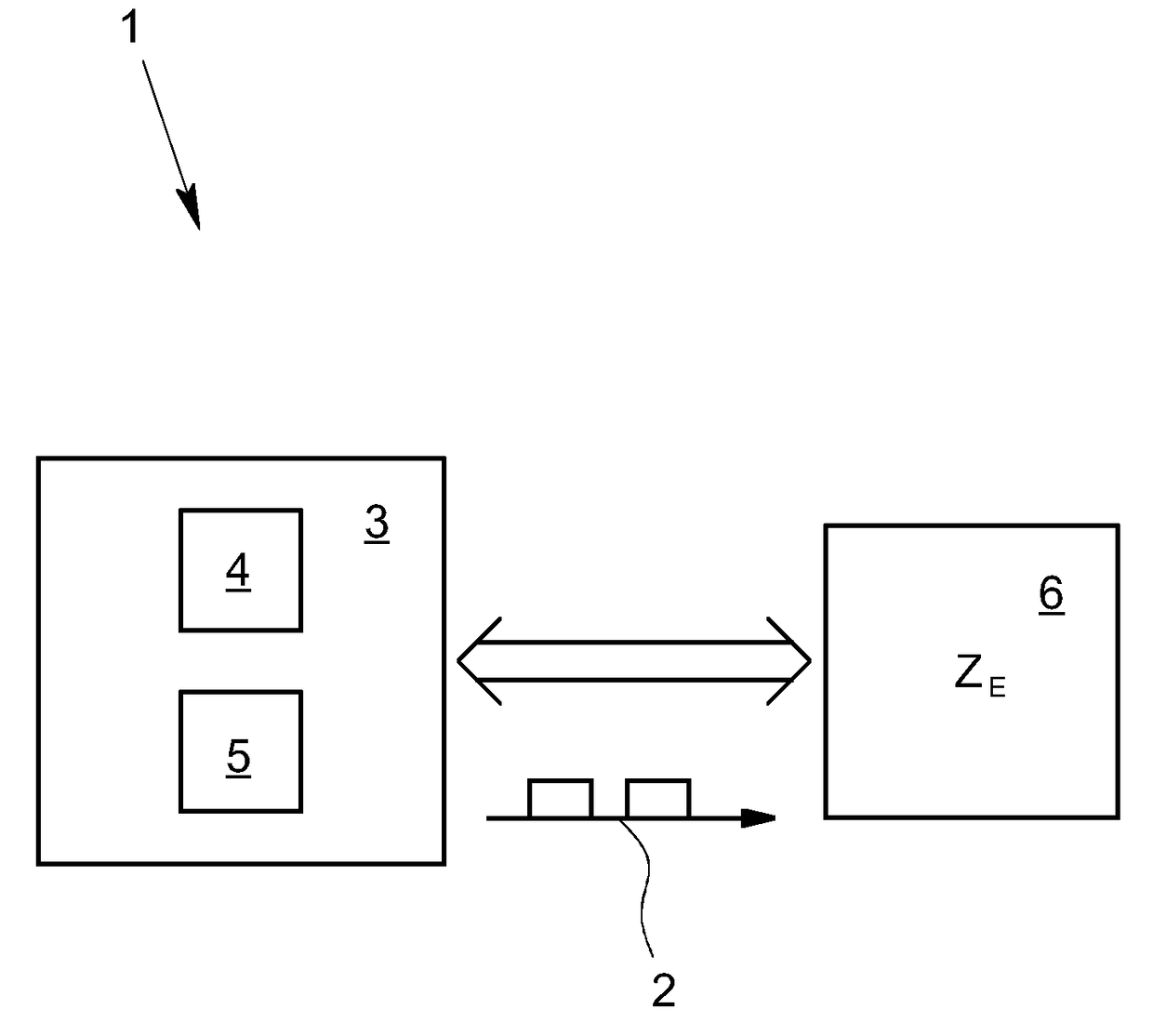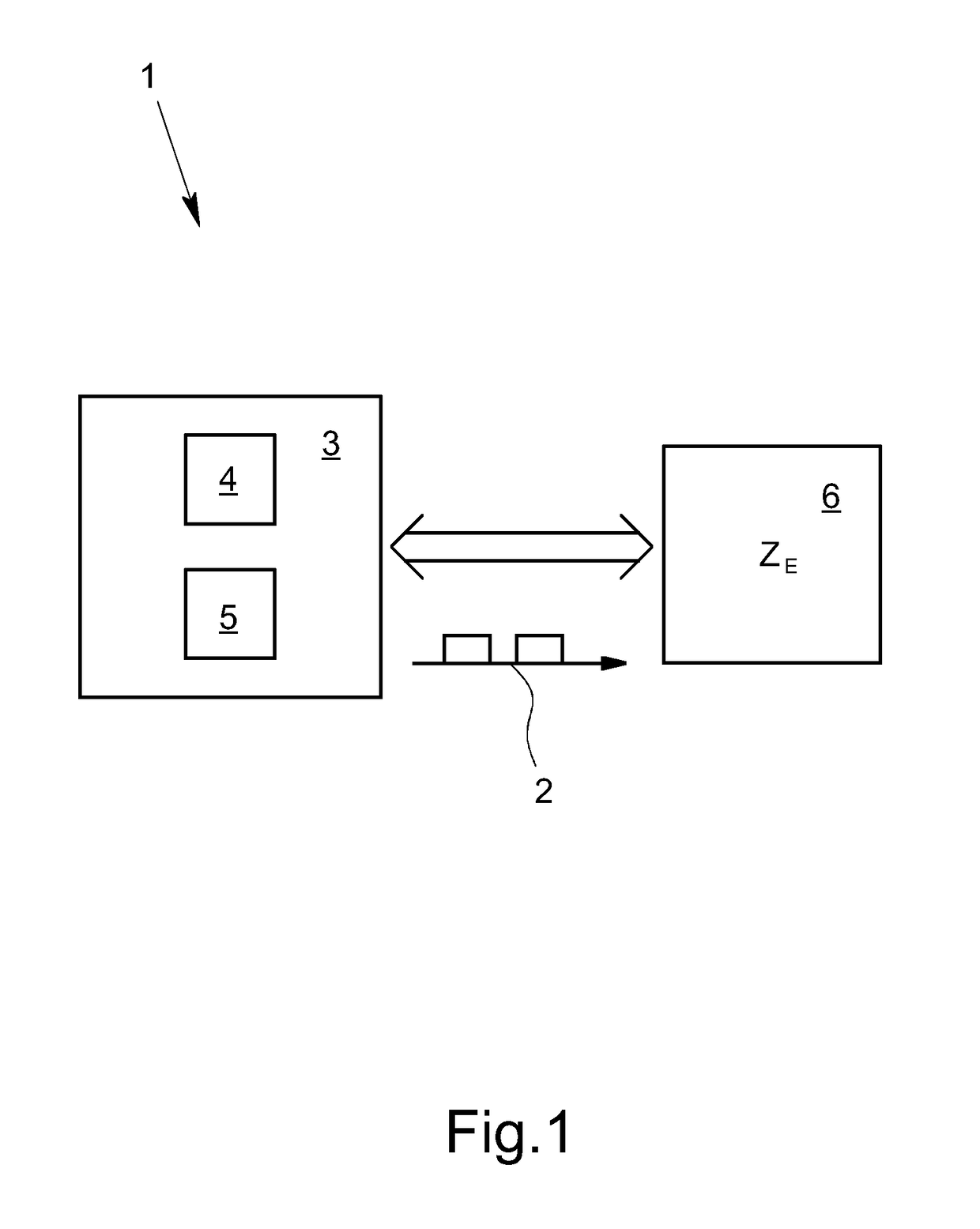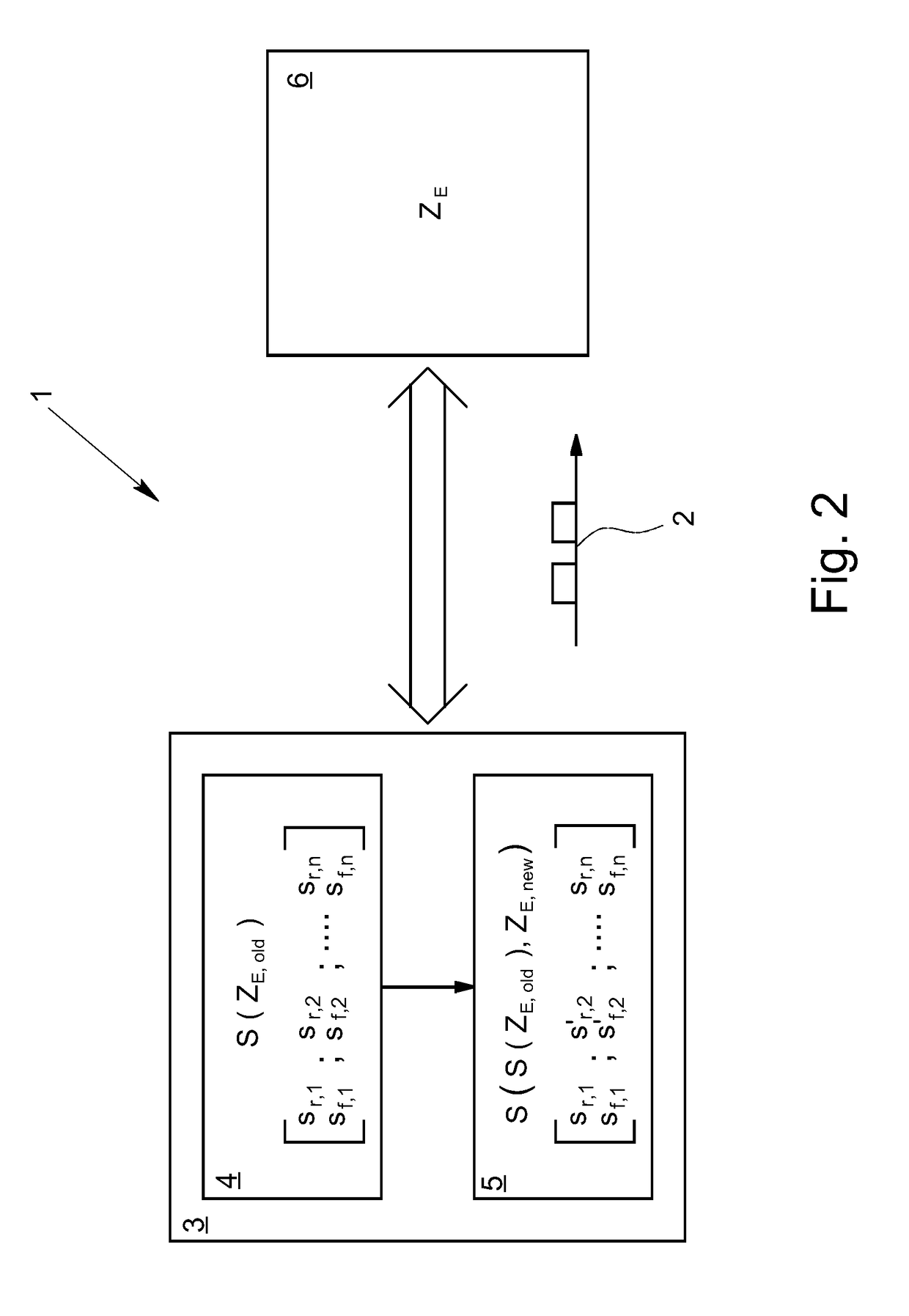Computer-implemented method for calculation and output of control pulses by a control unit
a control unit and computer technology, applied in the direction of program control, electrical control, ignition automatic control, etc., can solve the problems of extremely high cost increase, inability to achieve the sampling rate achievable with the computing units of the control unit, and inability to execute open-loop and/or closed-loop control algorithms, etc., to achieve a moderate hardware expense
- Summary
- Abstract
- Description
- Claims
- Application Information
AI Technical Summary
Benefits of technology
Problems solved by technology
Method used
Image
Examples
Embodiment Construction
[0030]Shown in FIG. 1 is a known computer-implemented method 1 for calculation and output of control pulses 2 by a control unit 3, and a commensurate control unit 3, wherein the control unit 3 has a first computing unit 4 and a second computing unit 5, and wherein the control pulses 2 are output by the control unit 3 to an internal combustion engine 6.
[0031]In the exemplary embodiment shown, the control unit 3 is an engine control unit with an I / O interface that is not shown in detail and through which the control unit 3 not only outputs signals to influence the internal combustion engine 6—and if applicable other components of a vehicle—but also reads in signals to obtain information about the process to be influenced. The signals may be analog voltages, switching signals, signal patterns (for example, pulse-width modulated signals), or even complex binary data in the form of messages in the protocol of a bus communication. The state data ZE of the engine 6, in particular, are of i...
PUM
 Login to View More
Login to View More Abstract
Description
Claims
Application Information
 Login to View More
Login to View More - R&D
- Intellectual Property
- Life Sciences
- Materials
- Tech Scout
- Unparalleled Data Quality
- Higher Quality Content
- 60% Fewer Hallucinations
Browse by: Latest US Patents, China's latest patents, Technical Efficacy Thesaurus, Application Domain, Technology Topic, Popular Technical Reports.
© 2025 PatSnap. All rights reserved.Legal|Privacy policy|Modern Slavery Act Transparency Statement|Sitemap|About US| Contact US: help@patsnap.com



